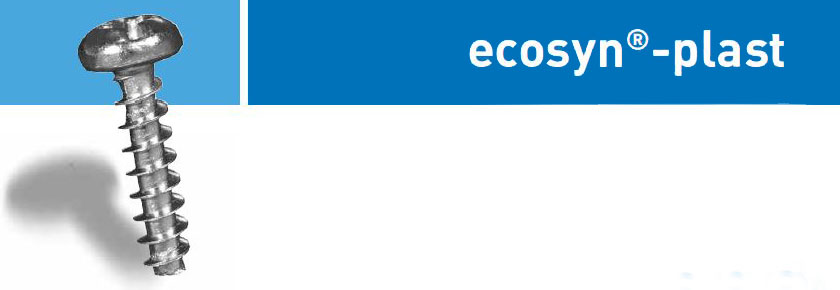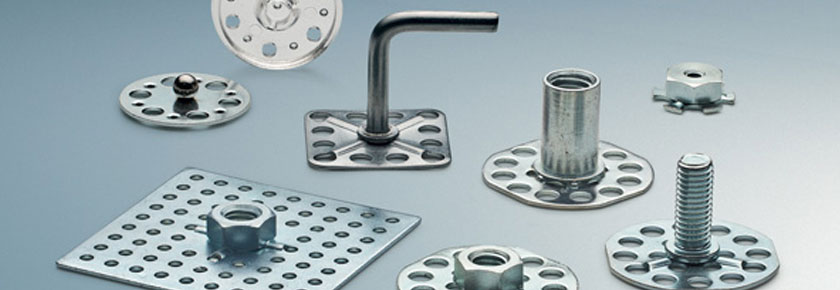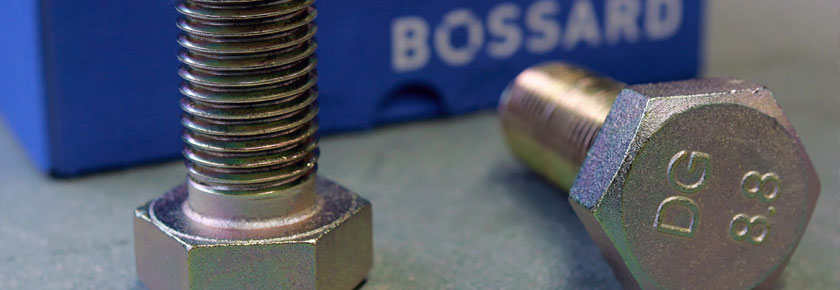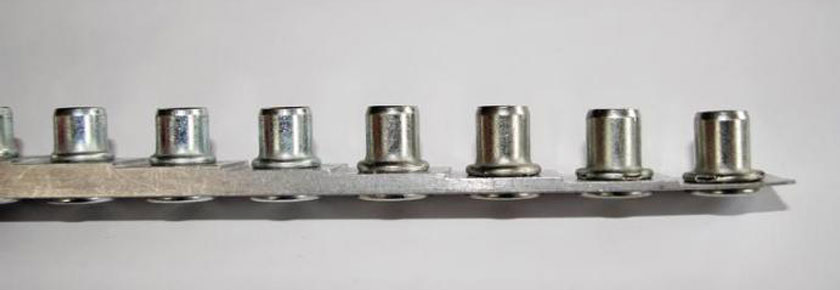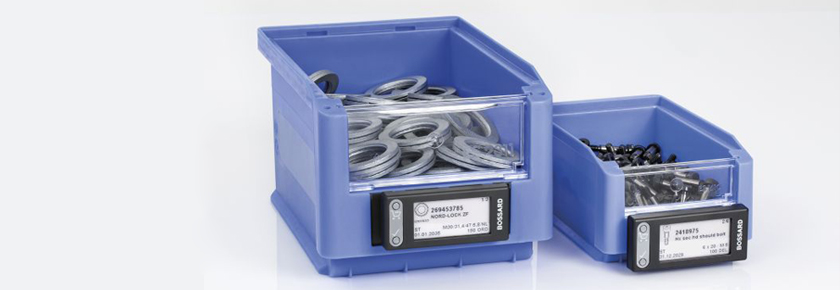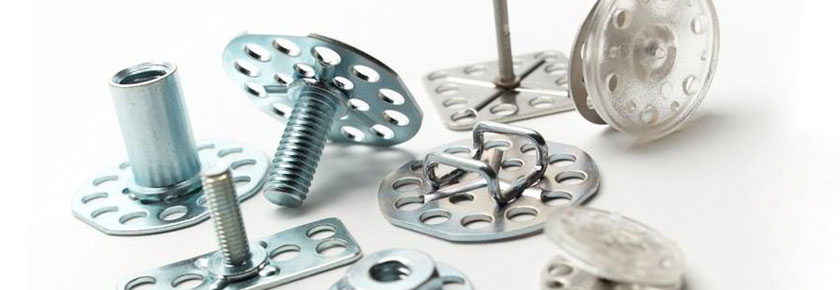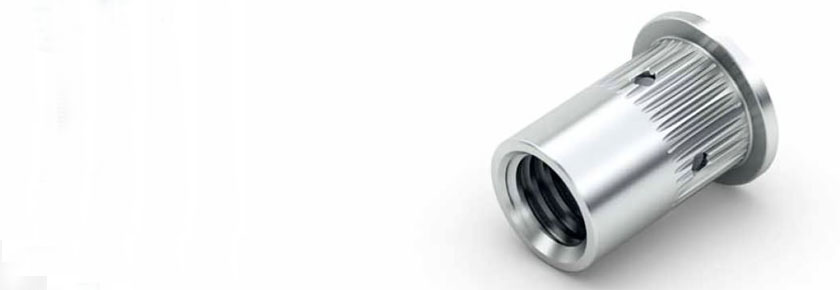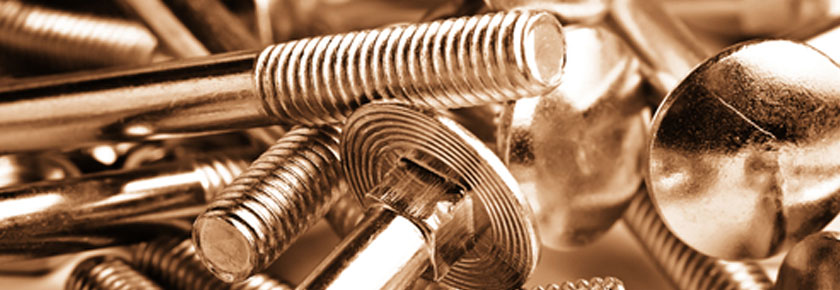There are many factors to consider when determining what kind of fastener you want to use in a project. Recently, there has been a desire to make products lighter, and the type of fastener can play a key role in the weight of a product. That is one of the reasons why ecosyn®-plast is a good fastening option.
You may think that ecosyn®-plast is only used for thermoplastics, but that does not necessarily have to be the case. ecosyn®-plast screws were created through the experience in thermoplastic screwing, but they have many advantages for applications outside of thermoplastic screwing as well.
Check out some of the benefits of ecosyn®-plast fasteners:
- High durability of screw joints under various conditions in different thermoplastic applications
- Optimized thread geometry for low stress generation in joints
- Self-locking, no additional locking elements are needed
- High generation of preload
- High breaking torque and tensile strength of screw
- High safety during assembly secured via low installation torque and high stripping torque
- Minimized loss of preload secured via enlarged area of contact surface under head
When working with thermoplastic elements, or when looking for a fastener of a lighter weight, the advantages of using ecosyn®-plast screws are clear. For more information about the thread geometry of ecosyn®-plast screws or for more construction or assembly notes, contact Bossard at ProvenProductivity@bossard.com.

